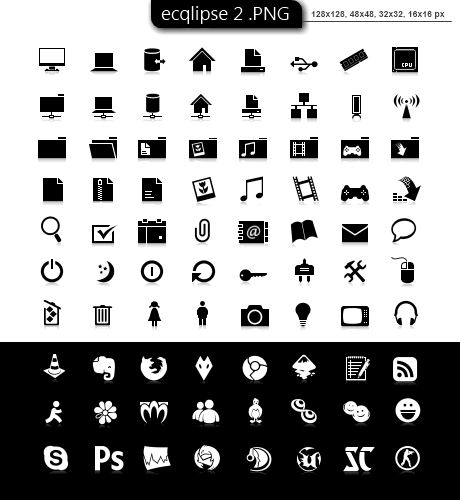
The highlight that appears on a selected icon is more than enough to indicate that it’s been selected. Perhaps this is meant to make selection easier on touch screens and tablets but on an ordinary laptop or desktop the feature is more or less redundant. When you select multiple files and/or folders, check box appears on all of them. They remind of how web apps and even some desktop apps indicate an ‘editing’ mode for selecting and performing any sort of action on multiple files at once. I personally do not like these check boxes. The boxes will stop appearing on both desktop icons when you select them as well as on files and folders you view inside File Explorer. Uncheck it and the check boxes will disappear. In the Show/hide set of options at the far right, there’s an ‘Item check boxes’ option that will be checked. Open File Explorer and select the ‘View’ tab from the ribbon. If you find the check boxes are redundant or confusing you can disable them. This can be a result of an improper shutdown - for example, powering off the machine or losing power, instead of clicking Start -> Shutdown. Windows 10 basically has two different ways to indicate a selected item. How to Fix: Blank White Icons on Desktop (Windows 10) First and foremost, the reason why the blank icons appear on the desktop is because the icon cache is corrupted, as Marcy has pointed out. The icon is also highlighted like it used to be in Windows 7 to indicate a selected icon. Clicking the item once selects it and a check mark appears inside the check box to indicate the same.
.png)
I guess I'll have to get used to the idea of moving to some flavor of Linux, as much as I abhor that notion.When you hover the mouse cursor over an item in Windows 10, whether it’s an icon on your desktop or a file you’re looking at inside File Explorer you see a check box appear over it. Except, I don't sit in front of a 10" screen all day. That's one way to provide a common experience alright. It would appear that MS is reducing everything to the lowest common denominator of low power, small screen devices like small tabletsĪnd phones. You will need to remove many of the Themes you have available online, as they simply are not compatible with white fonts. Failing that, put the darn controls in the new UI. If MS can leave so much of the Win 7 user interface for administration, they could have left the controls alone for the standard desktop. Windows 3.0 beta and just doesn't cut the mustard. Your proposed solution (high contrast accessibility theme) looks worse than MS Has done away with the design granularity we used to have available to achieve something that pleased the individual to look at all day.


 0 kommentar(er)
0 kommentar(er)
